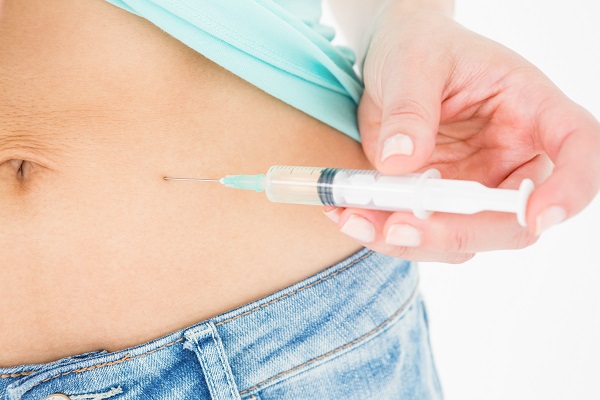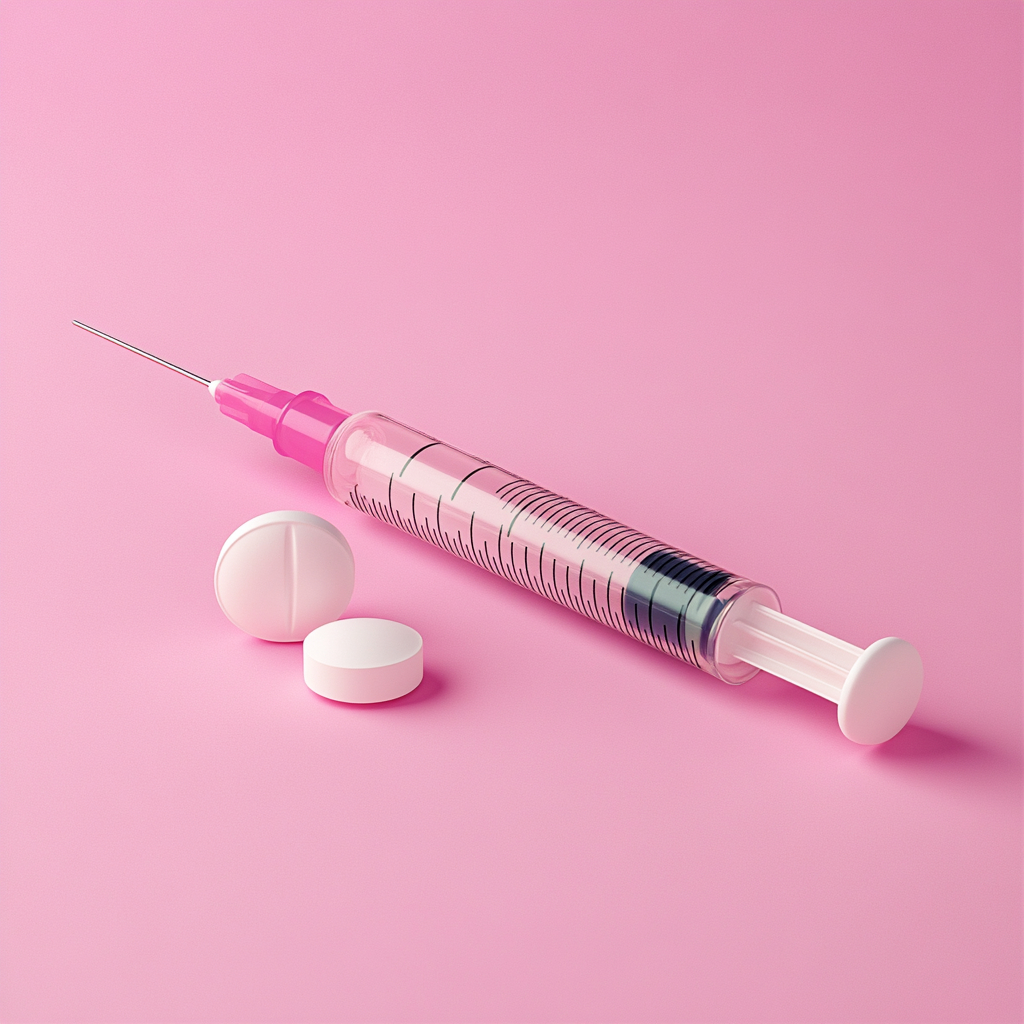What You Need to Know About Ovulation Induction Injections
What You Need to Know About Ovulation Induction Injections
Introduction
Ovulation induction injections, often called ovulation-stimulating injections or superovulation injections, are commonly used in fertility treatments to stimulate the ovaries to produce multiple eggs. These injections play a crucial role in helping women with ovulation issues or those undergoing assisted reproductive technologies (ART), such as in vitro fertilization (IVF). In this blog, we’ll explore what ovulation induction injections are, how they work, their benefits, potential risks, and what to expect during treatment.
1. What Are Ovulation Induction Injections?
Ovulation induction injections are hormonal medications designed to stimulate the ovaries to produce one or more eggs for ovulation. These injections are typically part of fertility treatment plans for women who:
- Have irregular ovulation or anovulation (lack of ovulation).
- Are undergoing intrauterine insemination (IUI) or IVF.
- Have unexplained infertility.
2. How Do Ovulation Induction Injections Work?
These injections mimic natural hormones that regulate ovulation:
A. Types of Hormones
-
Follicle-Stimulating Hormone (FSH):
- Stimulates the growth of ovarian follicles, which contain the eggs.
- Examples: Follistim, Gonal-F.
-
Human Menopausal Gonadotropin (hMG):
- Contains both FSH and luteinizing hormone (LH) to stimulate follicle growth and egg maturation.
- Examples: Menopur, Repronex.
-
Human Chorionic Gonadotropin (hCG):
- Triggers the final maturation and release of eggs (ovulation).
- Examples: Ovidrel, Pregnyl.
B. Treatment Process
-
Baseline Ultrasound and Blood Tests:
- Conducted to assess ovarian reserve and ensure no pre-existing conditions that could interfere with treatment.
-
Injection Phase:
- Daily or scheduled hormone injections to stimulate the ovaries.
- Monitoring via ultrasound and blood tests to track follicle growth and hormone levels.
-
Ovulation Trigger:
- An hCG injection is administered to induce ovulation once the follicles reach the desired size.
-
Egg Retrieval or Intercourse/IUI:
- For IVF, eggs are retrieved after ovulation stimulation. For natural conception or IUI, timed intercourse or insemination occurs.
3. Benefits of Ovulation Induction Injections
Ovulation induction injections can significantly increase the chances of conception for women facing fertility challenges.
-
For Women with Ovulatory Disorders:
- Helps stimulate egg production in women who do not ovulate naturally.
-
For Assisted Reproductive Technologies:
- Enhances the success rates of IVF and IUI by increasing the number of eggs available for fertilization.
-
Controlled Treatment:
- Regular monitoring ensures that the treatment is tailored to each individual’s response.
4. Potential Risks and Side Effects
While ovulation induction injections are generally safe, they do carry some risks and potential side effects:
A. Common Side Effects
- Bloating and abdominal discomfort.
- Mood swings and irritability.
- Mild bruising or irritation at the injection site.
B. Serious Risks
-
Ovarian Hyperstimulation Syndrome (OHSS):
- A condition where the ovaries become swollen and painful due to an excessive response to the injections.
- Symptoms: Severe bloating, rapid weight gain, and shortness of breath.
-
Multiple Pregnancies:
- Increased chances of twins or higher-order multiples due to the stimulation of multiple eggs.
-
Ectopic Pregnancy:
- A rare risk where the fertilized egg implants outside the uterus.
5. Who Is a Candidate for Ovulation Induction Injections?
This treatment is suitable for women who:
- Have polycystic ovary syndrome (PCOS) or other ovulatory disorders.
- Are undergoing fertility treatments like IUI or IVF.
- Have unexplained infertility after trying other methods like oral medications.
6. Tips for Managing Ovulation Induction Injections
-
Stay Informed:
- Understand the purpose and schedule of each injection.
-
Follow Instructions:
- Administer injections at the same time every day and follow your doctor’s guidelines.
-
Monitor Symptoms:
- Report unusual symptoms like severe bloating or pain to your healthcare provider immediately.
-
Seek Emotional Support:
- Fertility treatments can be emotionally taxing. Consider joining support groups or talking to a counselor.
7. Frequently Asked Questions
Q1. Are ovulation induction injections painful?
- The injections may cause mild discomfort or bruising, but most women tolerate them well.
Q2. How long does the treatment take?
- The injection phase usually lasts 7–14 days, depending on how the ovaries respond.
Q3. What is the success rate?
- Success rates vary based on factors like age, underlying fertility issues, and overall health. Your doctor can provide a personalized estimate.
8. Conclusion
Ovulation induction injections are a powerful tool in fertility treatments, offering hope to women who face challenges with ovulation or conception. While the process involves careful monitoring and some potential risks, many women find success with this treatment. Always consult your fertility specialist to determine if ovulation induction injections are right for you and follow their advice for the best outcomes.
Call to Action
Are you considering ovulation induction injections or fertility treatments? Share your questions or experiences in the comments below! For more insights into fertility and reproductive health, follow this blog.




Comments